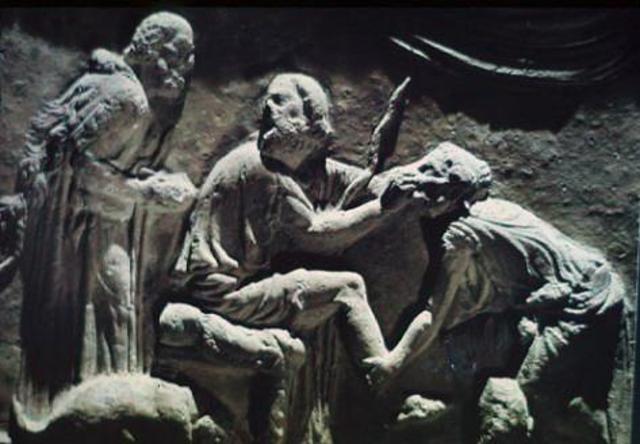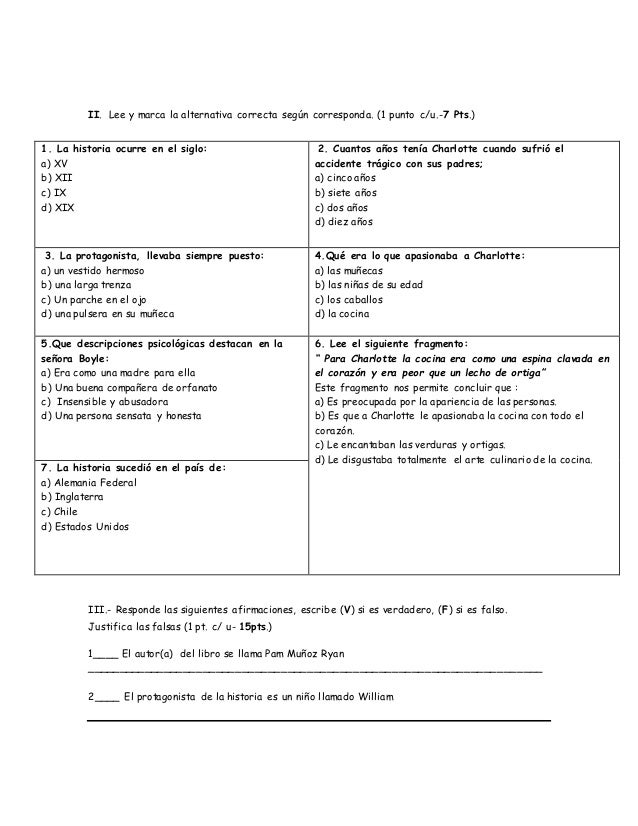Ecg anatomy and physiology
Ecg Anatomy And Physiology. Electrical currents generated by the heart during the cardiac cycle can be detected on the surface of the body by the electrodes of an electrocardiograph. Human anatomy & physiology pearson (2017) principles of anatomy and physiology wiley (2014) screening for cardiovascular disease risk with electrocardiography jama (2018) Physiology is the study of the function of body parts and how they work. A typical ecg comprises the.
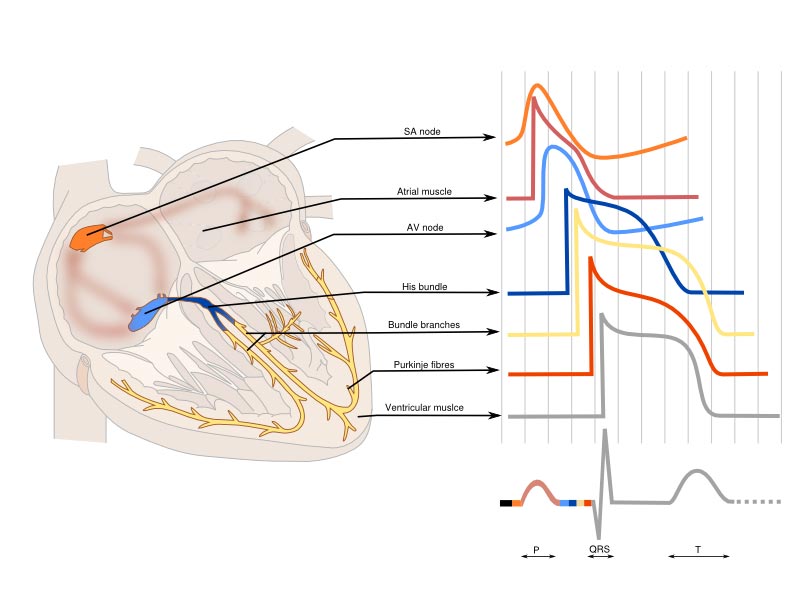 ECG (EKG) bundle branch block Oxford Medical Education From oxfordmedicaleducation.com
ECG (EKG) bundle branch block Oxford Medical Education From oxfordmedicaleducation.com
Physiology is the study of the function of body parts and how they work. Agnibho we have 9 images about a very short guide to ecg interpretation | blog of dr. The ecg measures the electrical activity of the heart. This electrical activity controls the heart beat. This measurement, which is called an electrocardiogram, or ecg (it is sometimes called an ekg in order to separate it from the similar sounding eeg or. The mcgill physiology virtual lab:
The word ecg derives from the german language.
Anatomy is the branch of biology in which we study the structure of an organism. These two fields of study are some of the fundamental pieces of knowledge that any healthcare professional needs in order to do their job well. Ecg anatomy and physiology pdf book details. Ecg basics videos, flashcards, high yield notes, & practice questions. In the clinic the ecg is one of the most commonly used diagnostic machines. Thoracic is a latin term meaning related to the chest.
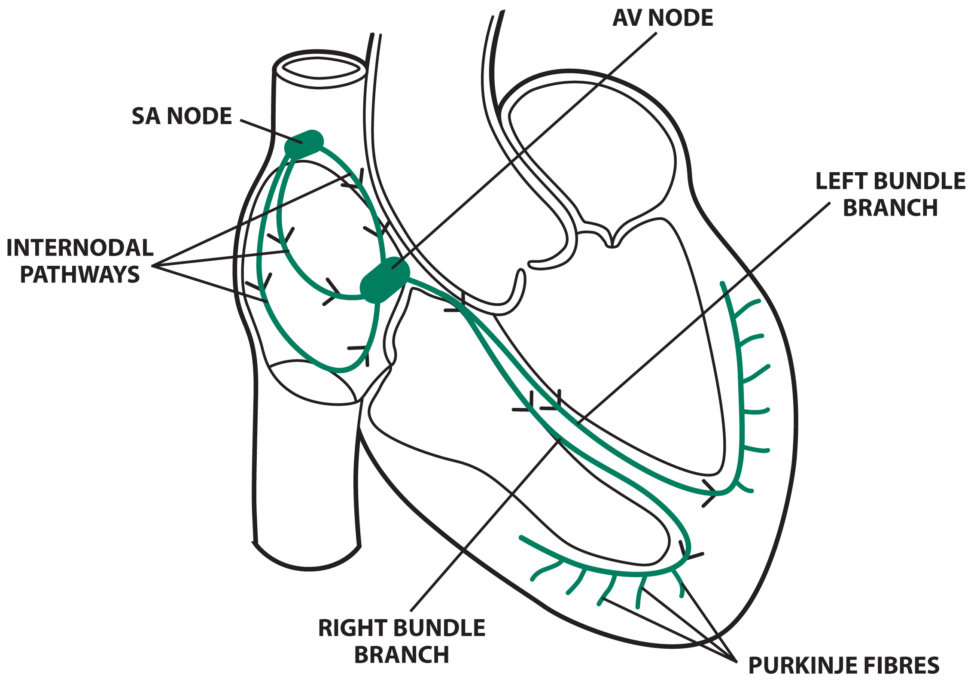 Source: medicalexamprep.co.uk
Source: medicalexamprep.co.uk
Anatomy and physiology electrical system, the size of the heart chambers, and the supply of blood to the heart muscle (hampton, 2008). Physiology is the study of the function of body parts and how they work. A typical ecg comprises the. Basic cardiac anatomy (anatomy of the heart) introduction to electrocardiology and ecg interpretation. The right heart pumps blood into the pulmonary circulation (i.e.
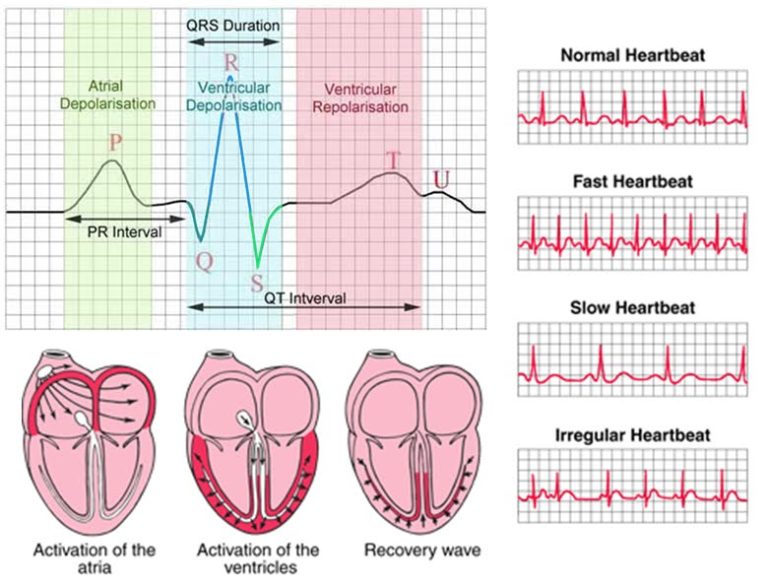 Source: thealevelbiologist.co.uk
Source: thealevelbiologist.co.uk
An ecg is recorded by placing electrodes on the surface of the skin. The heart is located in the mediastinum, inside the thoracic cavity, between the lungs and on top of the diaphragm. The cardiac cycle consists of two primary phases: Because circumstances that surround any patient. Anatomy is the branch of biology in which we study the structure of an organism.
 Source: nursingtimes.net
Source: nursingtimes.net
Help and review chapter electrocardiogram (ecg): Ecg anatomy and physiology pdf book details. The left heart drives blood through the systemic circulation (i.e. Thoracic is a latin term meaning related to the chest. The electrical conductivity that is an inherent part of the intrinsic conducting system of the heart allows the details of a heartbeat to be measured in great detail.
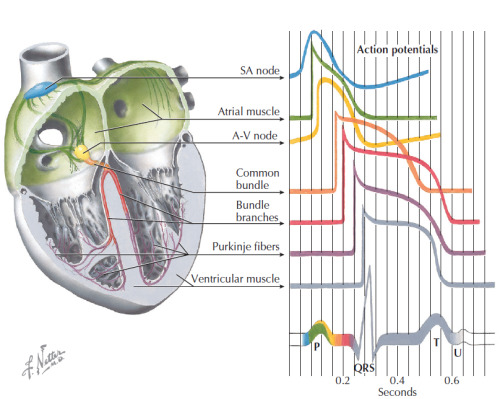 Source: rebloggy.com
Source: rebloggy.com
Physiology is the study of the function of body parts and how they work. The heart�s conductions system controls the generation and propagation of electric signals or action potentials causing the hearts muscles to contract and th. The heart is located in the mediastinum, inside the thoracic cavity, between the lungs and on top of the diaphragm. Action potentials and electrical vectors. A recording of these currents, called an electrocardiogram (ecg or ekg), represents a sum of all the concurrent action potentials produced.
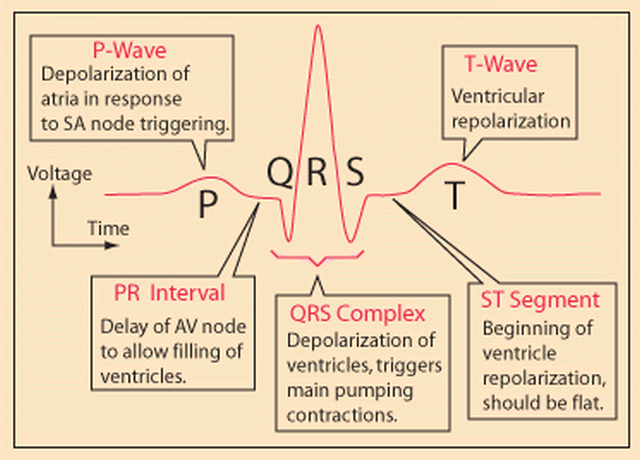 Source: biology-diagrams.blogspot.com
Source: biology-diagrams.blogspot.com
A recording of these currents, called an electrocardiogram (ecg or ekg), represents a sum of all the concurrent action potentials produced. The left heart drives blood through the systemic circulation (i.e. The ecg measures the electrical activity of the heart. It may be abbreviated as ecg or ekg. The word ecg derives from the german language.
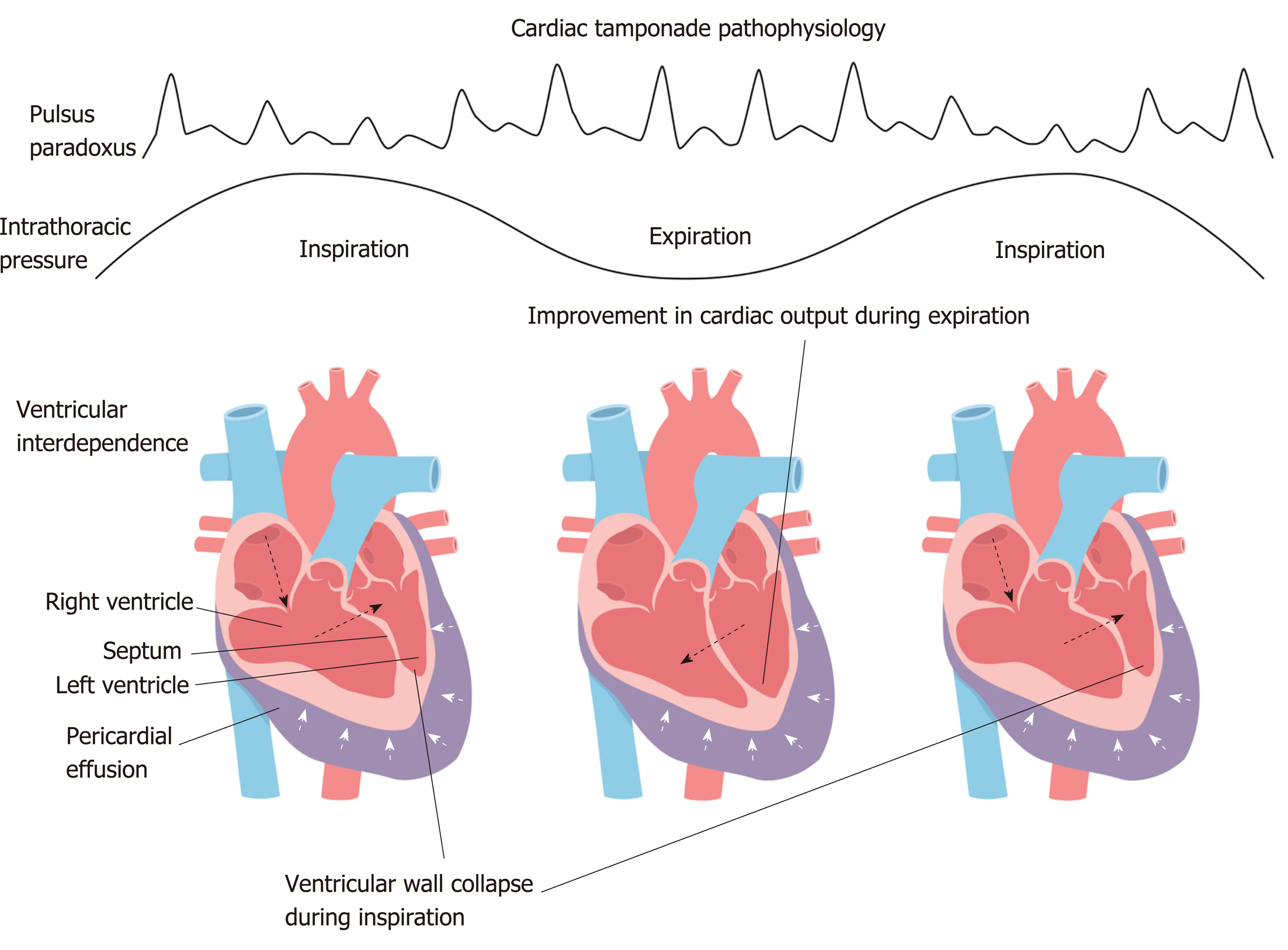 Source: wjgnet.com
Source: wjgnet.com
The mcgill physiology virtual lab: The ecg is detected by electrodes attached to the skin. The right heart pumps blood into the pulmonary circulation (i.e. Because circumstances that surround any patient. It should be remembered that the ecg, like other investigations, is only an aid to diagnosis and is no substitute for the holistic assessment of patients.
 Source: doctorlib.info
Source: doctorlib.info
The mediastinum is the area between the lungs. Ecg anatomy and physiology pdf book details. Agnibho we have 9 images about a very short guide to ecg interpretation | blog of dr. In the clinic the ecg is one of the most commonly used diagnostic machines. Learn and reinforce your understanding of ecg basics.
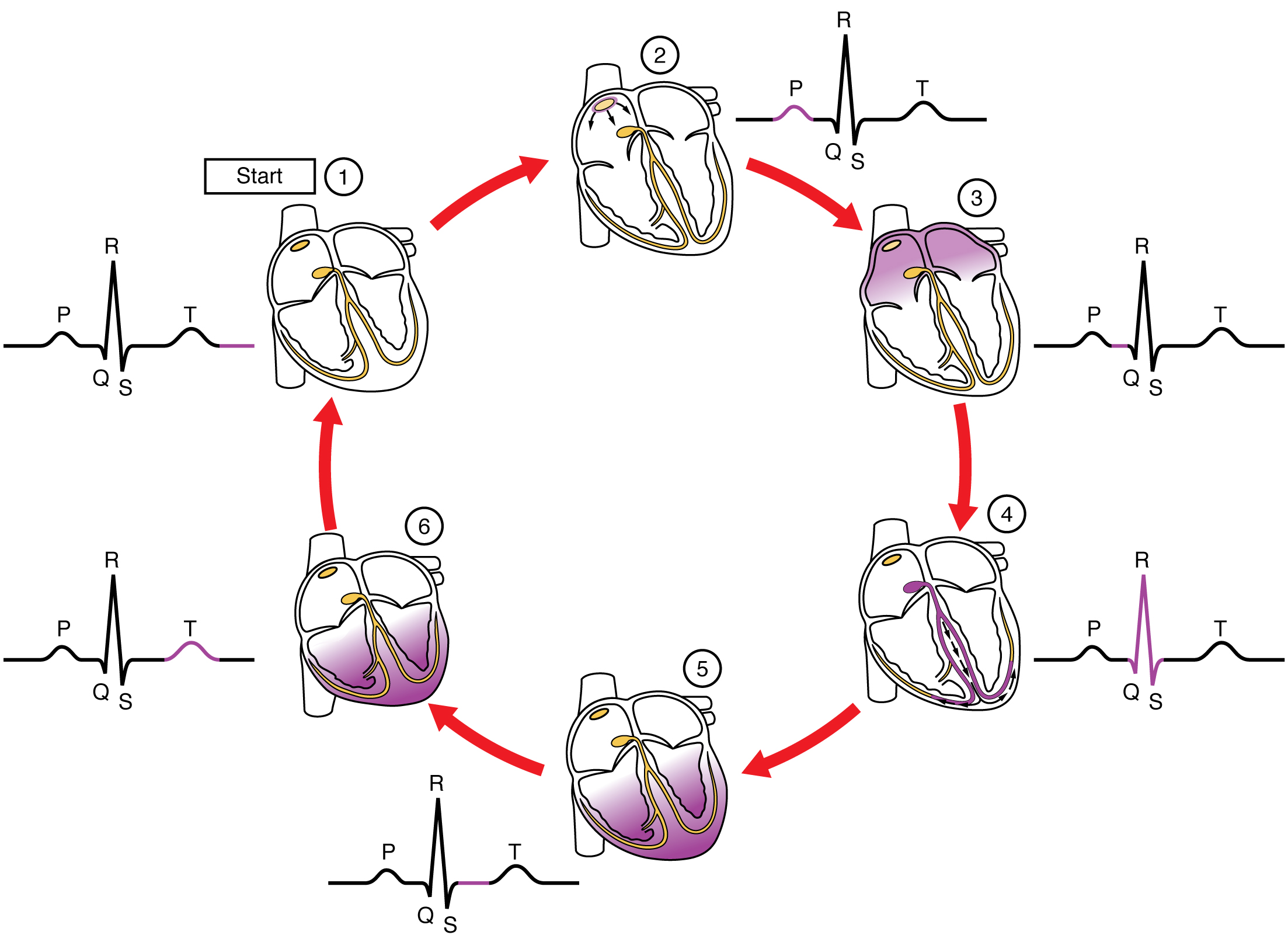 Source: opentextbc.ca
Source: opentextbc.ca
The heart�s conductions system controls the generation and propagation of electric signals or action potentials causing the hearts muscles to contract and th. Electrical currents generated by the heart during the cardiac cycle can be detected on the surface of the body by the electrodes of an electrocardiograph. Thoracic is a latin term meaning related to the chest. The word ecg derives from the german language. The ecg measures the electrical activity of the heart.
 Source: researchgate.net
Source: researchgate.net
The ecg measures the electrical activity of the heart. In 1902, the dutch physician einthovan invented ecg, and his tremendous input in clinical studies for about ten years led to. Special cells called pacemakers release bursts of electrical energy which travel through the heart muscle, causing it to. Thoracic is a latin term meaning related to the chest. Help and review chapter electrocardiogram (ecg):
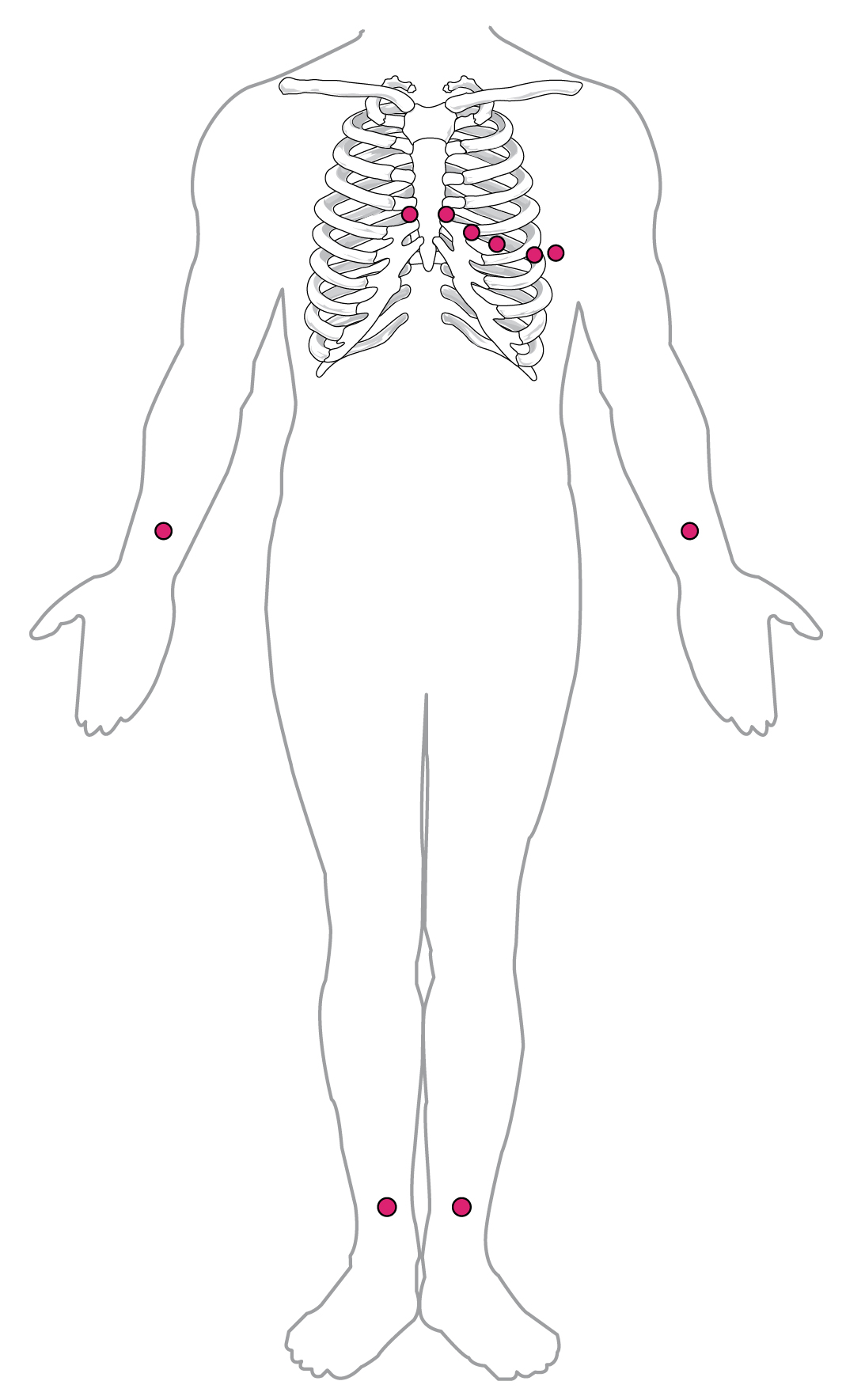 Source: opentextbc.ca
Source: opentextbc.ca
Science courses / human anatomy & physiology: Ecg anatomy and physiology pdf book details. Ecg basics videos, flashcards, high yield notes, & practice questions. The heart is located in the mediastinum, inside the thoracic cavity, between the lungs and on top of the diaphragm. An ecg is recorded by placing electrodes on the surface of the skin.
 Source: oxfordmedicaleducation.com
Source: oxfordmedicaleducation.com
Ecg anatomy and physiology pdf book details. Basic cardiac anatomy & physiology basic cardiac anatomy & physiology basic cardiac anatomy (anatomy of the heart) section 1, chapter 1. Anatomy is the branch of biology in which we study the structure of an organism. The ecg is detected by electrodes attached to the skin. The left heart drives blood through the systemic circulation (i.e.
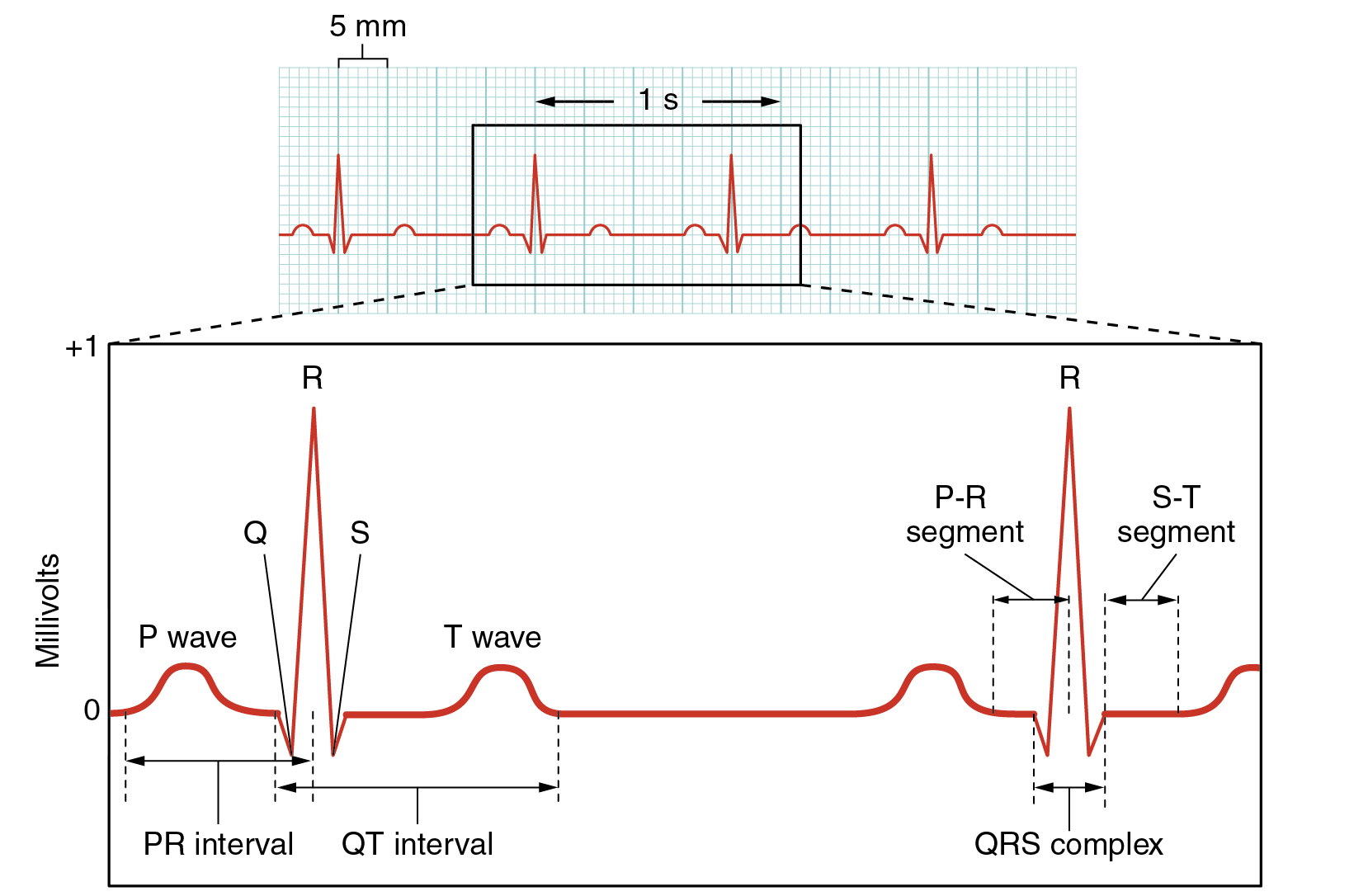 Source: philschatz.com
Source: philschatz.com
Because circumstances that surround any patient. Anatomy and physiology electrical system, the size of the heart chambers, and the supply of blood to the heart muscle (hampton, 2008). The word ecg derives from the german language. This electrical activity controls the heart beat. Help and review chapter electrocardiogram (ecg):
 Source: youtube.com
Source: youtube.com
Special cells called pacemakers release bursts of electrical energy which travel through the heart muscle, causing it to. Help and review chapter electrocardiogram (ecg): Ventricular diastole and ventricular systole. The ecg is detected by electrodes attached to the skin. Action potentials and electrical vectors.
 Source: pinterest.com
Source: pinterest.com
A very short guide to ecg interpretation | blog of dr. It may be abbreviated as ecg or ekg. This electrical activity controls the heart beat. By reviewing what this important organ looks like and does every moment of your life, you’ll see how those ecg lines get generated and what exactly they mean. Anatomy and physiology electrical system, the size of the heart chambers, and the supply of blood to the heart muscle (hampton, 2008).
 Source: animalphys.butlerlab.org
Source: animalphys.butlerlab.org
The word ecg derives from the german language. By reviewing what this important organ looks like and does every moment of your life, you’ll see how those ecg lines get generated and what exactly they mean. It should be remembered that the ecg, like other investigations, is only an aid to diagnosis and is no substitute for the holistic assessment of patients. The electrical conductivity that is an inherent part of the intrinsic conducting system of the heart allows the details of a heartbeat to be measured in great detail. Ecg anatomy and physiology pdf book details.
 Source: calgaryguide.ucalgary.ca
Source: calgaryguide.ucalgary.ca
In the clinic the ecg is one of the most commonly used diagnostic machines. Nedu llc (may 22, 2021) language : Action potentials and electrical vectors. Electrical currents generated by the heart during the cardiac cycle can be detected on the surface of the body by the electrodes of an electrocardiograph. The left heart drives blood through the systemic circulation (i.e.
 Source: pinterest.com
Source: pinterest.com
It should be remembered that the ecg, like other investigations, is only an aid to diagnosis and is no substitute for the holistic assessment of patients. Electrocardiogram refers to the recording of electrical changes that occurs in heart during a cardiac cycle. Human anatomy & physiology pearson (2017) principles of anatomy and physiology wiley (2014) screening for cardiovascular disease risk with electrocardiography jama (2018) Electrical currents generated by the heart during the cardiac cycle can be detected on the surface of the body by the electrodes of an electrocardiograph. In the clinic the ecg is one of the most commonly used diagnostic machines.
 Source: doctorlib.info
Source: doctorlib.info
Action potentials and electrical vectors. The mediastinum is the area between the lungs. Anatomy and physiology electrical system, the size of the heart chambers, and the supply of blood to the heart muscle (hampton, 2008). Learn and reinforce your understanding of ecg basics. Action potentials and electrical vectors.
If you find this site helpful, please support us by sharing this posts to your favorite social media accounts like Facebook, Instagram and so on or you can also save this blog page with the title ecg anatomy and physiology by using Ctrl + D for devices a laptop with a Windows operating system or Command + D for laptops with an Apple operating system. If you use a smartphone, you can also use the drawer menu of the browser you are using. Whether it’s a Windows, Mac, iOS or Android operating system, you will still be able to bookmark this website.



